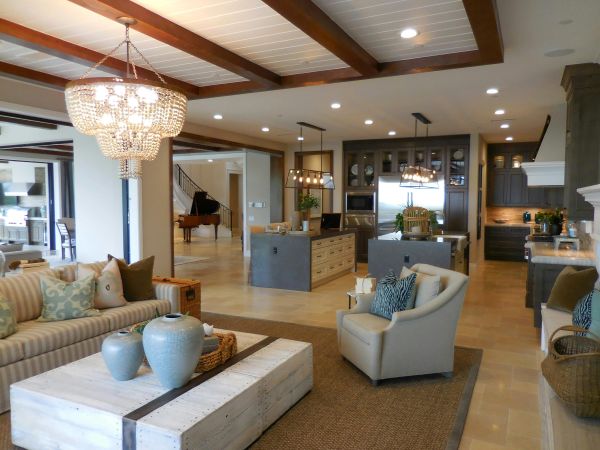A home designed entirely from catalog pages or showroom displays often risks looking impersonal. The lines are polished, the colors balanced, and yet the result lacks resonance. The “showroom dilemma” arises when spaces are assembled to perfection but reveal little of the people who live in them. Curating a home with character involves moving away from formulaic choices and toward decisions that reflect lived experience, cultural context, and thoughtful layering of materials and objects.

Beyond Perfectly Staged Interiors
Showroom-style interiors are designed for mass appeal. They lean on safe palettes and carefully selected objects that work in almost any setting. This makes them useful as a starting point, but not as a destination. A home with personality comes together through slower choices. The process might involve bringing in a rug found while traveling, a shelf filled with second-hand books, or a painting passed down in the family. Over time, the space begins to carry markers of a life rather than a catalog.
Layering and Temporal Depth
One way to create character is by layering objects that speak from different times. A mid-century dining table set beside a contemporary light fixture. An antique map hanging next to a modern photograph. These combinations build depth and complexity. They remind us that homes are built over years, not afternoons. A layered room also has the ability to shift. New pieces arrive, old ones move around, and the mix continues to grow without ever needing to feel fixed.
Material Honesty and Detail
Character often hides in plain sight. It lives in the weight of a doorknob, the way brass darkens with use, or the small imperfections in stone and wood. Paying attention to these details changes how a room feels day to day. Hardware, in particular, has a big influence. Premium brass designs by Corston show how a well-considered switch, handle, or fitting can anchor a room. These finishes hold up over time, settling into a home as though they were always there.
Spatial Diversity Within Coherence
When every room looks the same, the effect can be tiring. A home works better when spaces respond to how they’re used. A living room can feel open and inviting with soft seating and warm light. A study might benefit from darker walls and heavier textures. Bedrooms often carry softer tones, while kitchens thrive on brightness and flow. Each room plays its own part, and together they add up to a house that feels coherent without being repetitive.
Cultural and Local Anchors
Homes are always tied to their surroundings, even if we don’t plan it that way. Materials, climate, and history find their way into design. A house near the coast might naturally welcome weathered woods, woven fibers, and lighter fabrics. An apartment in an industrial neighborhood may lean on concrete or reclaimed metal, echoing its architecture. These anchors keep a home connected to where it stands, making it feel less like a generic backdrop and more like part of a larger story.
Evolving Collections
No home is ever finished. Collections of books, ceramics, textiles, or artwork shift as new pieces are added and old ones move around. That’s part of what makes them interesting. A stack of art journals beside a handmade bowl. A framed print found at a flea market paired with a new photograph. These combinations show the rhythm of how a home changes. The objects may not match, but together they map out the paths of their owners’ lives.
Homes built with character are never static. They carry layers of history, materials that wear in over time, and collections that continue to grow. Details matter, but so does patience. A showroom can spark ideas, yet it is the lived-in choices—large and small—that bring individuality into place.

